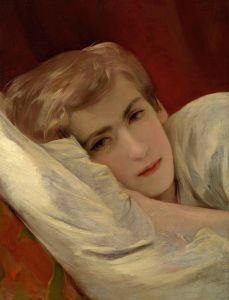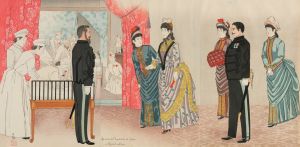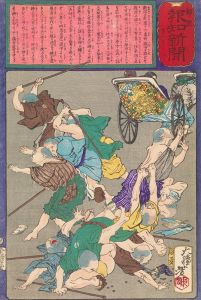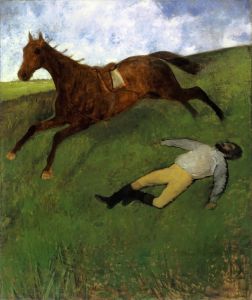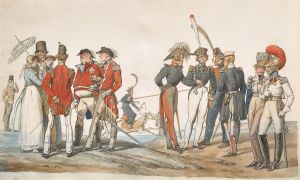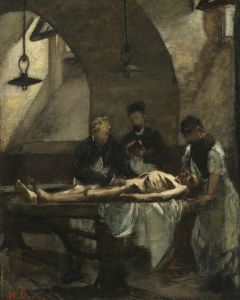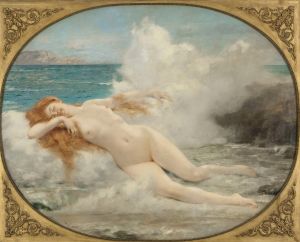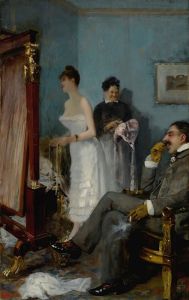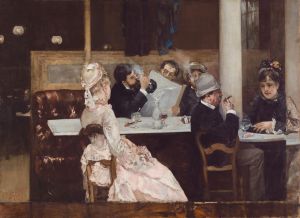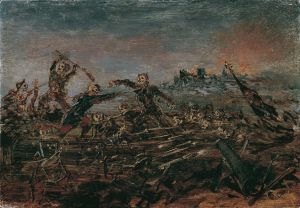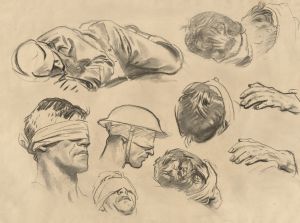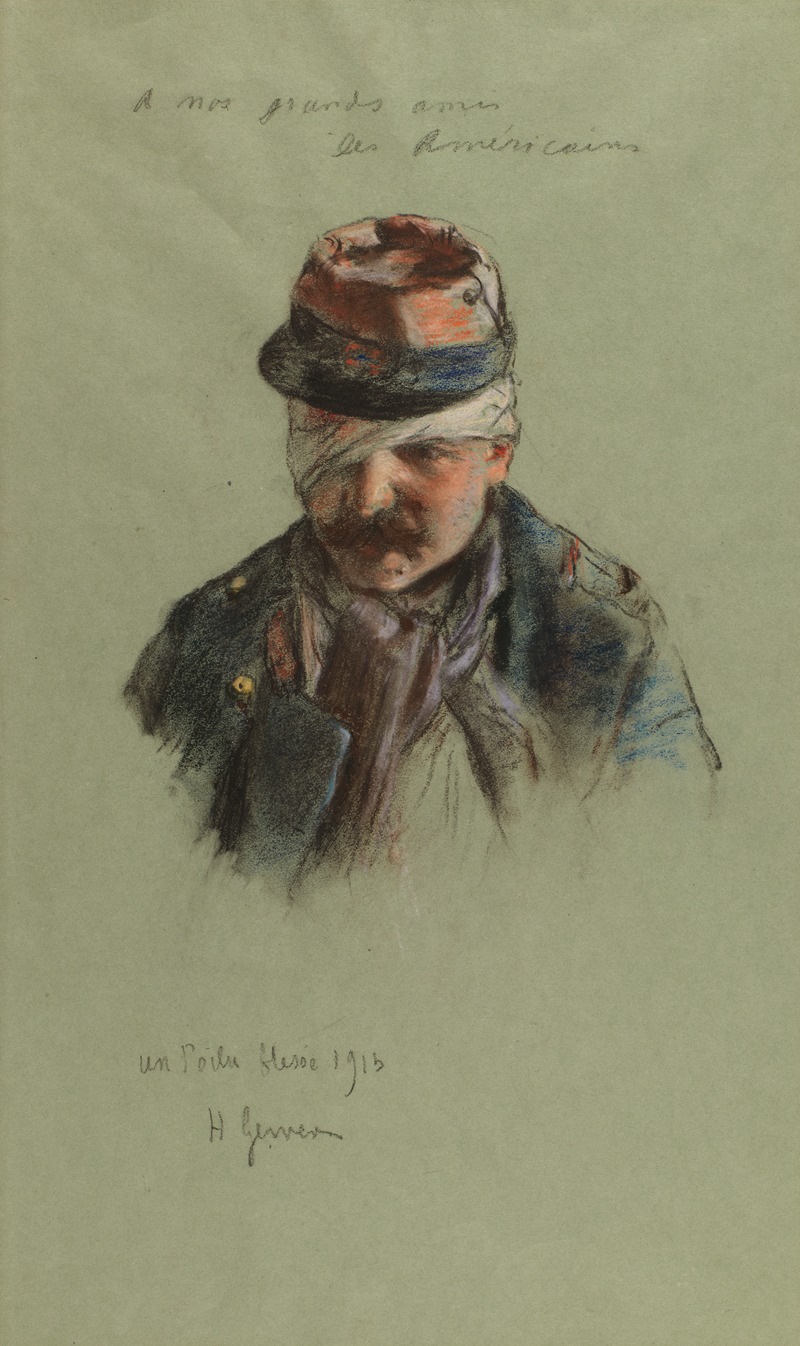
Un Poilu Blesse
A hand-painted replica of Henri Gervex’s masterpiece Un Poilu Blesse, meticulously crafted by professional artists to capture the true essence of the original. Each piece is created with museum-quality canvas and rare mineral pigments, carefully painted by experienced artists with delicate brushstrokes and rich, layered colors to perfectly recreate the texture of the original artwork. Unlike machine-printed reproductions, this hand-painted version brings the painting to life, infused with the artist’s emotions and skill in every stroke. Whether for personal collection or home decoration, it instantly elevates the artistic atmosphere of any space.
Henri Gervex was a notable French painter known for his works in the late 19th and early 20th centuries. He was associated with the Academic art movement and was recognized for his historical and genre paintings, as well as portraits and nudes. One of his works, "Un Poilu Blessé," translates to "A Wounded Soldier" in English. This painting is part of Gervex's body of work that reflects his interest in contemporary events and social issues of his time.
"Un Poilu Blessé" is a poignant depiction of a French soldier, commonly referred to as a "poilu," which was a colloquial term for French infantrymen during World War I. The term "poilu" literally means "hairy one," and it was used to describe the rugged and enduring nature of these soldiers. Gervex's painting captures the somber reality of war, focusing on the human aspect rather than the glorification of battle.
The painting portrays a wounded soldier, emphasizing the physical and emotional toll of war. Gervex's attention to detail and his ability to convey emotion through his brushwork are evident in the soldier's expression and posture. The use of color and light in the painting highlights the contrast between the soldier's vulnerability and the harshness of his surroundings. This work is a testament to Gervex's skill in capturing the essence of his subjects and his sensitivity to the themes of suffering and resilience.
Henri Gervex was born on December 10, 1852, in Paris, France. He studied under renowned artists such as Alexandre Cabanel and Pierre-Nicolas Brisset, which greatly influenced his academic style. Gervex gained recognition early in his career, exhibiting at the Paris Salon and earning accolades for his works. His painting "Rolla," exhibited in 1878, was one of his early successes, showcasing his ability to blend narrative with a keen sense of realism.
Throughout his career, Gervex received numerous honors and was appointed as a member of the Académie des Beaux-Arts. He was also awarded the Legion of Honor, reflecting his significant contributions to French art. His works are characterized by their technical precision and the ability to capture the zeitgeist of his era, often focusing on contemporary life and events.
"Un Poilu Blessé" fits within the broader context of Gervex's oeuvre, which often explored themes of modernity and the human condition. While specific details about the painting's creation and exhibition history are limited, it remains an important piece that reflects the impact of World War I on French society and the art world. Gervex's work, including "Un Poilu Blessé," continues to be studied and appreciated for its historical significance and artistic merit.
Henri Gervex passed away on June 7, 1929, in Paris, leaving behind a legacy of influential works that capture the spirit and challenges of his time. His paintings are housed in various museums and collections, serving as a testament to his enduring impact on the art world.





